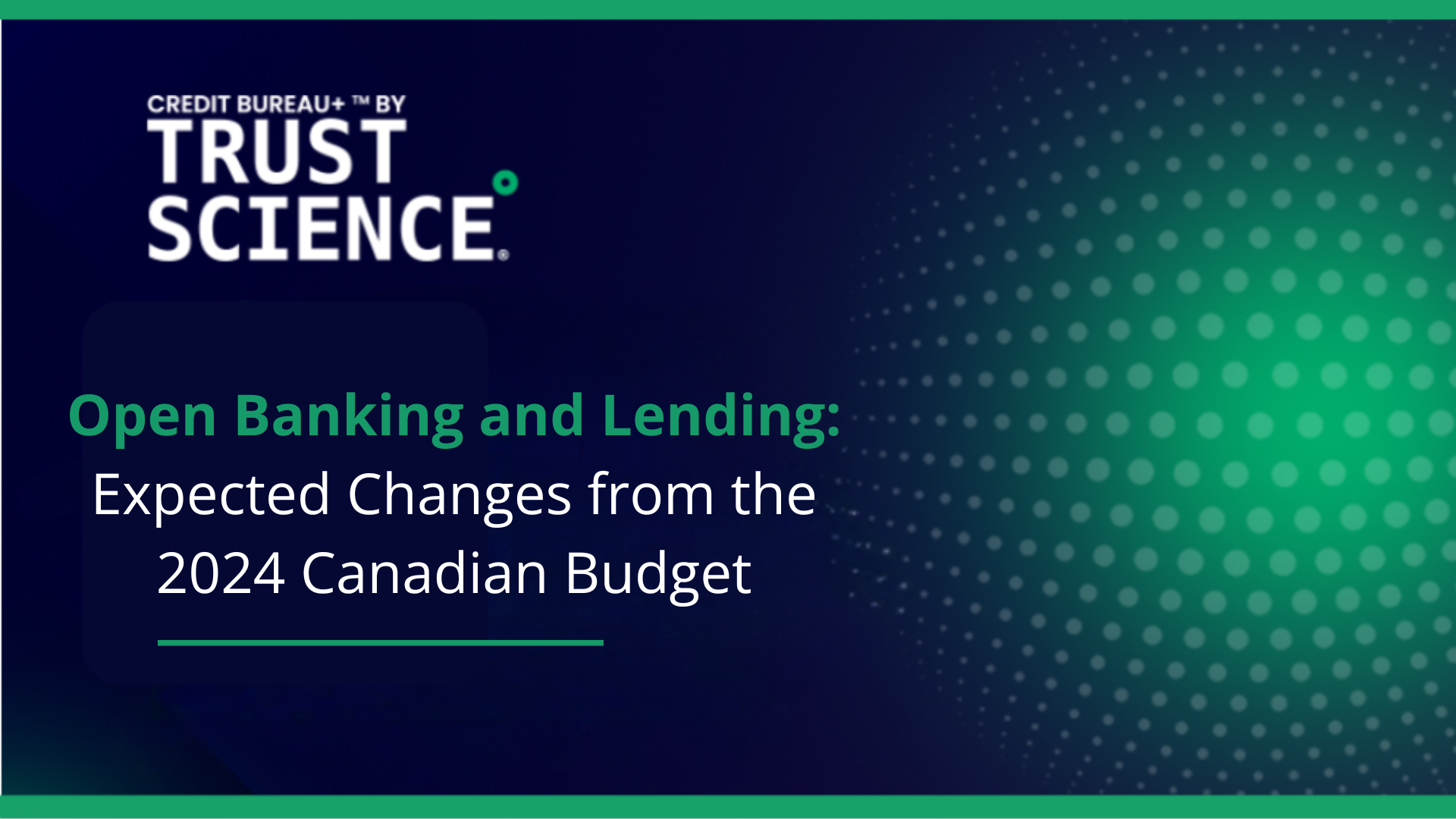Finance Minister Chrystia Freeland presented the 2024 Canadian federal budget to the House of Commons on April 16. The proposed measures aim to tackle three key priorities: building more homes, lowering the cost of living and growing the economy. Changes are also to be expected in the banking and fintech sectors, with tighter regulatory standards for payday loans and a demand for consumer-driven banking.
Key Factors for Subprime Lending
- Payday loans: The Federal Government is planning to crack down on consumer lending. Further restrictions on advertising, marketing and interest rates are expected.
- Consumer-driven banking: The proposed change in banking regulations would improve how consumers share and protect their information with lenders. The budget also lays out preliminary actions toward Open Banking in Canada, leading to more secure, faster, and more reliable access to banking information for consumers and lenders.
- Building credit history: The government is proposing measures for thin-file borrowers to build their credit scores through services that use transaction data or other payment data.
Stronger Push for Lending Regulation
In the 2023 federal budget, the government of Canada lowered the criminal interest rate from 48% APR to 35% APR (excluding payday loans). Although the proposed bill was passed, the law is not yet in force. To tackle this, budget 2024 promises measures to aid the enforcement of the criminal interest rate, by allowing the prosecution of violating lenders without the approval of an Attorney General. While these interest rate caps are intended to reduce predatory lending practices, the Canadian Lenders Association (CLA) has expressed concerns surrounding the legislation’s impact on Canadians’ access to regulated consumer loans.
Further proposed in budget 2024 is tighter regulations for payday loans. Moving forward (assuming the budget is approved), payday lenders must include clear disclosures to protect Canadians from harmful terms and conditions. Payday lenders are also likely to face tougher regulations surrounding marketing practices for high-cost and payday loans, including limiting advertising of these products.
What This Means for Lenders
In addition to new compliance requirements, lenders will also need to adjust their risk criteria to account for lower interest rates. Combined with continued market volatility and macroeconomic uncertainty, intelligent tightening should be the top priority for lenders across the board. Leveraging alternative scoring and data sources that specialize in subprime and have lower collinearity with existing models tends to be a winning strategy for lenders to substantially reduce default risk without aggressively slashing approvals, allowing lenders to remain resilient and preserve profitability amid regulatory pressures.
Consumer Driven (Open) Banking
In a traditional banking system, third-party financial service providers (TPPs) such as fintechs, budgeting apps and more, use a method called screen-scraping to access banking information. Approximately 9 million Canadians currently share their financial data by providing confidential banking credentials to service providers.
Consumer-driven banking (a.k.a. open banking) is a system allowing users to share their banking data while withholding personal information. In an open banking system, banks must provide APIs that allow TPPs to access customer account data securely. This means that instead of relying solely on proprietary interfaces or manual data entry, financial apps can directly access customer data via API without the need for the user’s banking password. Proposed in the 2024 federal budget, the Financial Consumer Agency of Canada (FCAC) has been allocated 4.1 million dollars to develop a framework over the next three years. Once implemented, the FCAC will oversee, administer and enforce Canada’s consumer-driven banking framework.
What This Means for Lenders
As a leader at the forefront of Open Banking, Trust Science is thrilled to hear of these advancements. With Open Banking, lenders will enjoy:
- Enhanced Security: Open banking emphasizes the concept of customer consent. Consumers can control exactly what their bank can and cannot share with third-party apps and fintechs. Users will likely feel greater security in sharing banking information if they are not required to share their credentials.
- Confident Lending: Requiring banks to allow data sharing via API will remove barriers for good borrowers to receive the loans they deserve with consistent, reliable access to data. Banking data provides credit bureaus, such as Trust Science, with alternative data that traditional bureaus often overlook. Open banking will make it easier for low/no-credit borrowers to display their trustworthiness beyond the traditional credit methods.
With our best-in-industry banking categorization, models, and decision products, lenders leveraging the Trust Science platform will be able to seamlessly integrate Open Banking into their underwriting process as the rollout proceeds, ultimately serving more consumers and finding Invisible Prime™ borrowers with ease.





